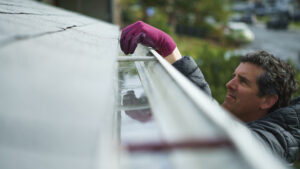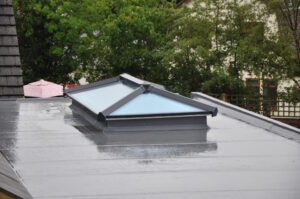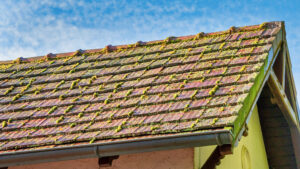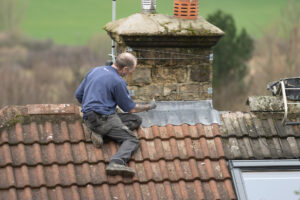A ridge cap is an important part of roofing system. It helps uphold the structural integrity of the roof by keeping the materials under it secured. It also works as a protective barrier to shield the roof against water infiltration, thereby preventing water damage and leaks. Coastal regions like Baytown may be at greater risk for water damage. A ridge cap also gives a clean finish to the roof, enhancing its aesthetics.
Considering their significance and function for the roof and your home, it is important that the ridge cap be installed by a professional like us – WABO Roofing. We have a team of trained and skilled roofers who understand the technicalities of not just roof ridge cap installation but also the entire roofing system. Here is a quick explanation of how we install roof ridge cap:
What is a Roof Ridge Cap?
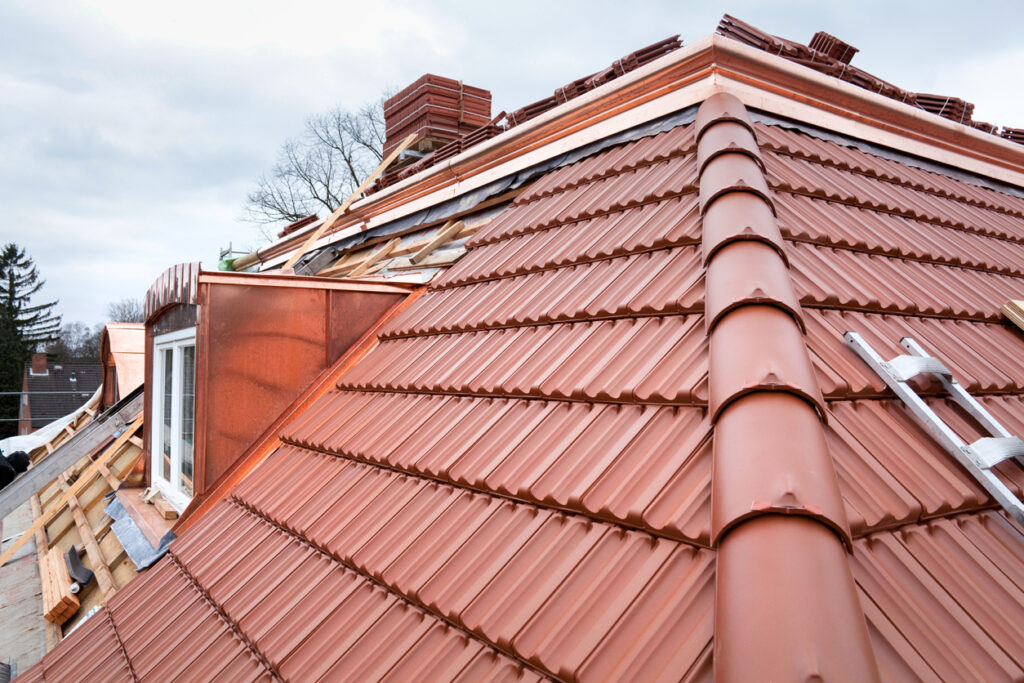
Roof ridge caps are covers for the section where two sides of a roof come together to form a ridge. They are placed on the top of the roof and seal the gap between the two sides of the roof. They protect the roof from the elements and prevent pests, water, leaves, and other debris from entering this section. They also prevent tiles from uprooting.
The selection of roof ridge cap material depends on various factors like budget considerations, the architectural style of the building, desired aesthetic appeal, and climate conditions.
They are available in a variety of materials, including:
Metal
Metal roof ridge caps can be made from copper, aluminum, or steel. They are extremely durable and defend against rain, harsh winds, and snow. They are often used in commercial and industrial buildings.
Asphalt
Asphalt is the most common material used for roof ridge caps used in residential buildings. They are easy to install, come in a variety of designs and styles, cost-effective, and give an aesthetic look.
Concrete or Clay
People who have Spanish or Mediterranean-style roofing often use roof ridge caps made from clay or concrete. They look stylish, unique, and extremely durable. They are also resistant to insect damage, fire, and rot.
Synthetic
Polymer-based products are designed to resemble natural materials. They are durable and practical. They are also designed to withstand exposure to the sun, temperature changes, and moisture.
Wood
Wooden ridge caps are generally made from cedar or redwood. Homes with architectural or traditional design styles like to use ridge caps made from wood as they give a timeless and rustic appearance. While they are not resistant to decay and rot, maintaining them properly can make them durable.
How Long Does a Roof Ridge Cap Last?
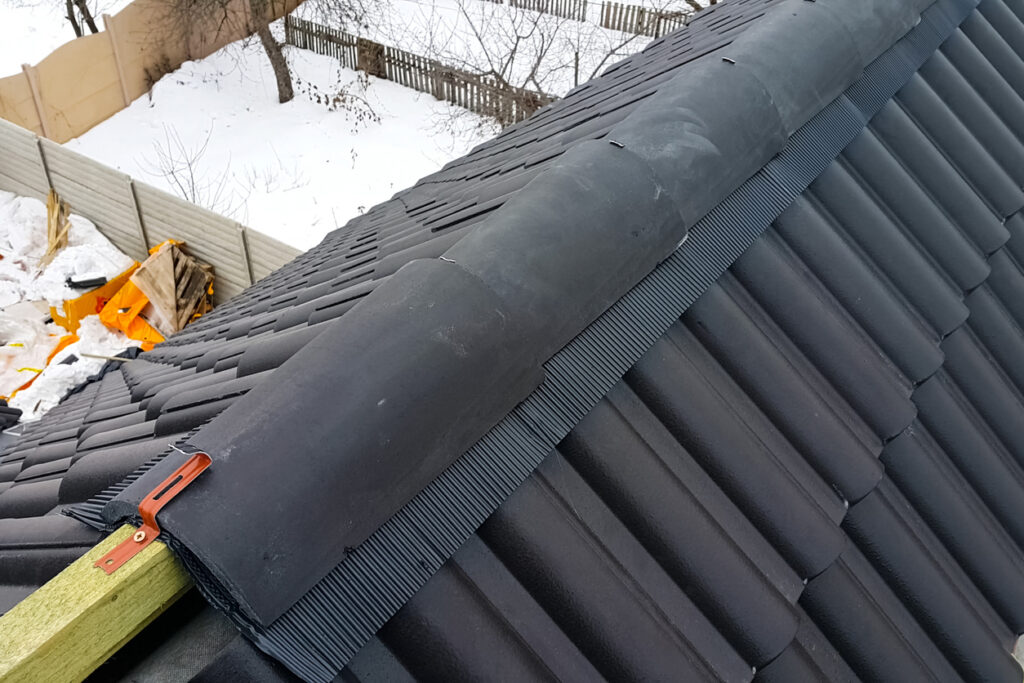
The lifespan of a roof ridge can be influenced by several factors, such as the material used, maintenance, regional climate, etc. Ridge caps generally last between 10 and 30 years. However, it is wise to consider a replacement if you observe severe wear or damage. The ideal time to replace your ridge cap can be determined with the help of routine maintenance and inspections.
Can Roof Ridge Caps be Repaired?
If the roof ridge cap has sustained minor damage, then it can be repaired. If some tiles or shingles have been affected, then they can be replaced individually. But if the ridge cap is very old or there has been extensive damage, a full replacement is suggested. You can contact WABO Roofing for a professional inspection of your roof and/or roof ridge cap. We will help you understand the exact condition of the roof ridge cap.
Process of Roof Ridge Installation:
Although the process for installing roof ridge caps is mostly same for most material types – there may be additional steps for a few to ensure they are safely and securely installed.
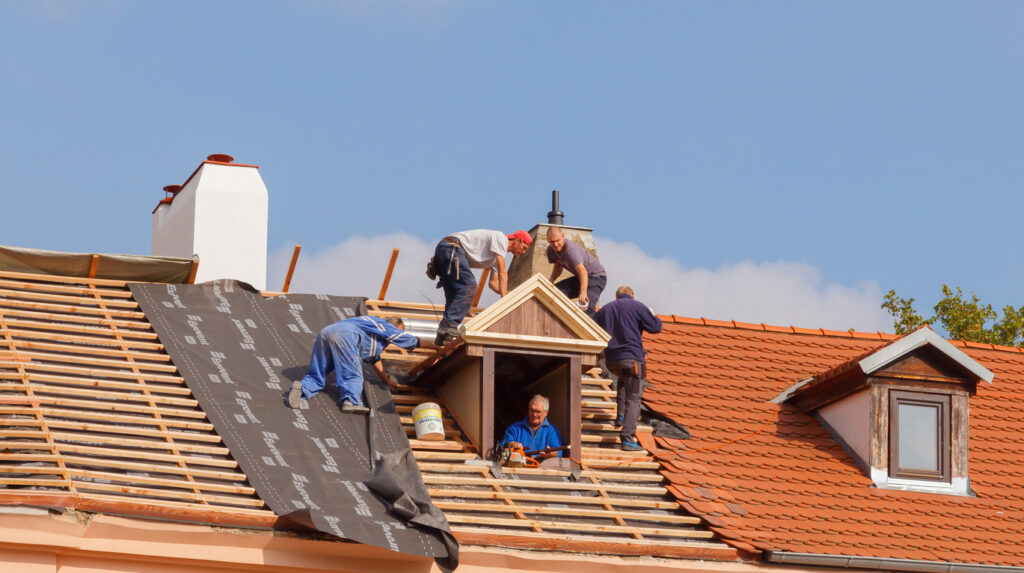
Preparation
Before the roof ridge cap is installed, the underlying structure from both sides should be perfectly aligned and secured. The installation should be precise so that the ridge cap sits correctly.
Measurement and Cutting
The length of the roof ridge needs to be measured, and then the ridge cap needs to be cut according to its size with the help of a cutting instrument. It is vital to cut the ridge cap precisely according to the measurement to achieve a clean and professional look.
Placement
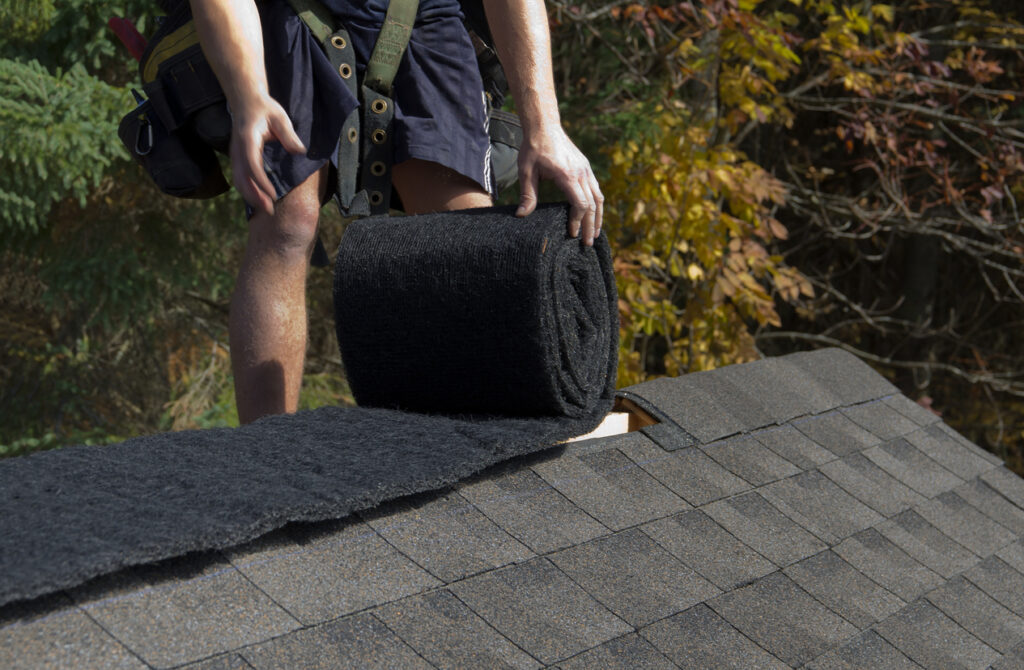
The ridge cap needs to be installed properly by laying the first section of the cap on one end of the ridge and then aligning it to cover properly to cover the peak. Make sure it extends mildly over the edges of the roof. Screws and roofing nails should be used to fix the ridge cap in its place. This will ensure that it is perfectly aligned with the slope of the roof.
Overlapping
Continue the installation of the following sections of the ridge cap and make sure that each section overlaps the previous one. This ensures the area is covered properly and water cannot seep in. Overlapping the ridge cap makes it watertight and protects the roof from water damage.
Fastening
Every piece of the ridge cap should be fastened carefully with the help of nails or screws and attached to the roof structure below it. The fasteners should be spaced evenly so the ridge cap doesn’t move or lift during harsh weather.
Sealing
A roofing sealant should be applied along the seams and edges of the ridge cap to protect water from penetrating it. A sealant is an additional protection from wind, water, and other elements and enhances the durability of the ridge cap.
If you are using a wooden ridge cap, then it should be weather-coated or treated with special chemicals so it is protected against decay and rot. Every material is different and should be treated accordingly to stand strong against the elements.
Call WABO Roofing to repair or install a roof ridge cap.

